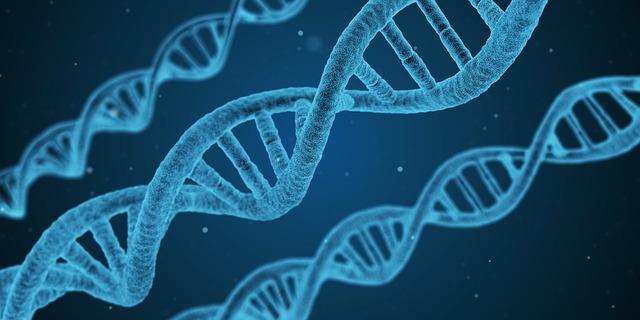
Messenger RNA (mRNA) translation in eukaryotes is a complex process that occurs in the cytoplasm and involves several stages and molecular components.
Transcription and mRNA Processing
The process of mRNA translation begins with transcription in the nucleus. The DNA sequence encoding a specific protein is transcribed into pre-mRNA by RNA polymerase II. Pre-mRNA undergoes various processing steps to become mature mRNA. These steps include 5′ capping, splicing, and 3′ polyadenylation.
- 5′ Capping: A modified guanine nucleotide cap, known as the 5′ cap, is added to the 5′ end of the pre-mRNA. The cap plays a crucial role in mRNA stability, nuclear export, and initiation of translation.
- Splicing: Introns, non-coding regions within the pre-mRNA, are removed through a process called splicing. Introns are excised, and the remaining exons are joined together to form the mature mRNA. This process is carried out by the spliceosome, a complex of small nuclear ribonucleoproteins (snRNPs) and other protein factors.
- 3′ Polyadenylation: A poly-A tail, consisting of a string of adenine nucleotides, is added to the 3′ end of the pre-mRNA. This poly-A tail enhances mRNA stability, facilitates nuclear export, and aids in translation initiation.
mRNA Export to the Cytoplasm
Once mature mRNA is synthesized, it undergoes export from the nucleus to the cytoplasm. The mRNA is guided through nuclear pores by a protein complex called the nuclear pore complex (NPC). The 5′ cap and poly-A tail, along with associated proteins, play crucial roles in mRNA export.
Initiation of Translation
In the cytoplasm, mature mRNA binds to ribosomes to initiate translation. The process involves several steps:
- Formation of the 43S Pre-initiation Complex: The small ribosomal subunit (40S) associates with initiation factors and a molecule of initiator tRNA (tRNAiMet) carrying methionine. The complex, known as the 43S pre-initiation complex, scans the mRNA until it reaches the start codon.
- Recognition of the Start Codon: The 43S pre-initiation complex scans the mRNA in a 5′ to 3′ direction until it recognizes the start codon (usually AUG). The start codon is recognized by the anticodon of the initiator tRNA (tRNAiMet). In eukaryotes, the start codon is typically preceded by a Kozak sequence that helps in efficient recognition.
- Assembly of the 48S Initiation Complex: Once the start codon is recognized, the large ribosomal subunit (60S) joins the small subunit, forming the 48S initiation complex. Initiation factors facilitate this assembly process.
Elongation
During elongation, amino acids are added to the growing polypeptide chain. The steps involved are similar to those in prokaryotes, although some factors and processes are specific to eukaryotes:
- Codon Recognition: Aminoacyl-tRNA molecules, carrying specific amino acids, enter the ribosome and bind to the appropriate codons on the mRNA through complementary base pairing. This step requires elongation factors.
- Peptide Bond Formation: The ribosome catalyzes the formation of a peptide bond between the amino acid carried by the tRNA in the A site and the growing polypeptide chain attached to the tRNA in the P site. Peptide bond formation is facilitated by ribozymes within the ribosome.
- Translocation: The ribosome advances along the mRNA, shifting the tRNAs from the A and P sites to the P and E sites, respectively. This movement exposes a new codon in the A site for the entry of the next aminoacyl-tRNA. Translocation requires GTP hydrolysis and elongation factors.
Termination
Termination occurs when the ribosome reaches a stop codon (UAA, UAG, or UGA) on the mRNA. Termination involves the binding of release factors to the stop codon, leading to the release of the completed polypeptide chain from the ribosome. The ribosome dissociates into its subunits, and the mRNA is released.
Post-Translational Modifications and Protein Folding
After translation, the newly synthesized polypeptide may undergo post-translational modifications, such as phosphorylation, glycosylation, or cleavage. These modifications can affect the protein’s structure, function, and localization. Additionally, chaperones and other factors help the protein fold correctly into its functional conformation.
In eukaryotes, mRNA translation is tightly regulated at multiple levels. It involves various regulatory elements and factors, including RNA-binding proteins, microRNAs, and upstream open reading frames (uORFs). These regulatory mechanisms ensure precise control over protein synthesis in response to cellular signals and environmental cues.
Leave a Reply